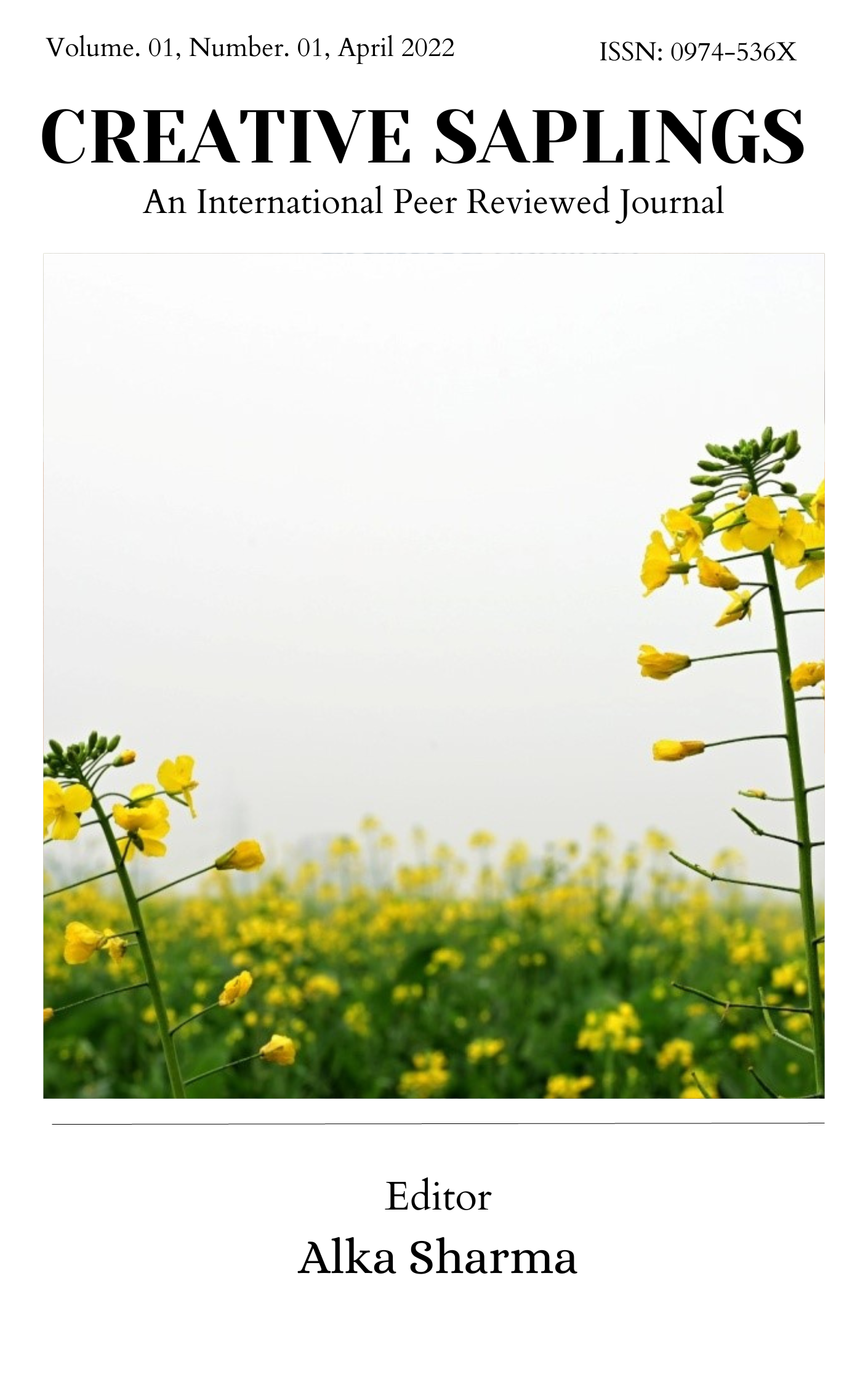Concentration Techniques: Exploring Various Dimensions
DOI:
https://doi.org/10.56062/gtrs.2022.1.1.4Keywords:
Concentration, Dhyana, Meditation, Pranayama, YogaAbstract
Concentration is one of the most vital aspects in shaping the effectiveness of learning. It is the application of mind on a subject of any nature upon which we wish to have complete control and direct it the way we wish to. The fundamental question is how we shape our mind and train it in a systematic manner to enhance the power of concentration. If we look at the available books on the subject and different other resource materials on the techniques of developing it, we see that systematic research on scheming the level of concentration is far from satisfactory. But at the same time, great knowledge of Yoga, discovered and practised in ancient Bharata gives not only a ray of hope but complete assurance in developing the highest level of concentration. The practice of Yoga as a means have been studied along with the effect of an external factor that plays its role in our concentration. In present time, anxiety, worry, and mental tensions have become nearly unavoidable companions of students in general that result into negative impact. The lack of concentration affects performance adversely; It has a lot to do in acquiring knowledge or expertise in any given field. Present paper focuses on the various ways and techniques which are essential in improving concentration level.
Downloads
References
Ganpat TS, Nagendra HR, Selvi V (2013). Efficacy of yoga for mental performance in university students. Indian J Psychiatry, 55:349-52.
Goleman D (1997). Emotional Intelligence. London: Bantam Books, P-85.
Hillman CH, Motl RW, Pontifex MB, Posthuma D, Stubbe JH, Boomsma DI (2006). Physical activity and cognitive function in a cross-section of younger and older community-dwelling individuals. Health Psychology, 25:678-87.
James Mallinson (2004). The Gheranda Samhita: The Original Sanskrit and an English Translation. Yoga Vidya. pp. xiv–xvi. ISBN 978-0-9716466, 3-6.
Landers, D. M., Boutcher, S. H., & Wang, M. Q. (1986). A psychological study of archery performance. Research Quarterly for Exercise and Sport, 57, 236-44.
Luders E, Kurth F, Mayer EA, Toga AW, Narr KL, Gaser C (2012). The unique brain anatomy of meditation practitioners: Alterations in cortical gyrification. Front Hum Neurosci, 6:34.
Noggle JJ, Steiner NJ, Minami T, Khalsa SB (2012). Benefits of yoga for psychosocial well-being in a US high school curriculum: A preliminary randomized controlled trial. J Dev Behav Pediatr, 33:193-201.
Prabhupada, Swami (2019). Bhagavad Gita: As It Is. Mumbai: The Bhaktivedanta Book Trust.
Ross A, Thomas S (2010). The health benefits of yoga and exercise: A review of comparison studies. J Altern Complement Med, 16:3-12.
Sarvananda, Swami (2013). Ishavasya Upanishad: English Translation. Madras, Shri Ramakrishna Math pub, PP.4.
Vivekananda, Swami (2003). The Complete Works. Kolkata: Advaita Ashrama.

Downloads
Published
Issue
Section
License
Copyright (c) 2022 K.P. Singh Singh , Vinay Shankar Shukla

This work is licensed under a Creative Commons Attribution-NonCommercial 4.0 International License.




